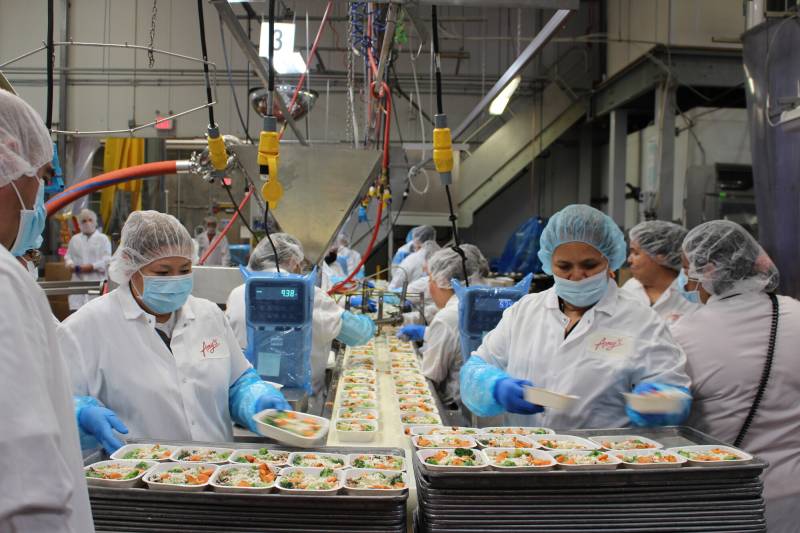Here are the morning’s top stories on Thursday, August 8, 2024…
- Multiple cities throughout California have seen temperatures well above 90 degrees this week. Workers, both indoors and outdoors, are feeling the heat, but for the first time ever, indoor workers finally have protections against excessive heat in the workplace. At the end of last month, state officials unveiled new rules of what’s required in indoor workplaces when temperatures surpass 82 degrees.
- California put hundreds of millions worth of federal homelessness dollars at risk. A federal audit out this week blames “chaotic” and “disorganized” anti-fraud policies at the state’s housing agency. Auditors gave the California agency its lowest possible ranking.
- A new report says abortions are up nationwide compared to before Roe v. Wade was overturned two years ago. California is leading the way, providing more than 16,000 abortions a month on average.
Working Inside During a Heat Wave? Learn How New California Rules Protect You
California recently enacted heat protections for employees who work indoors. As of July 24, the state’s Occupational Safety and Health Standards Board (Cal/OSHA) will enforce a whole set of rules that protect indoor workers, regardless of their immigration or employment status.
Once temperatures reach 82 degrees inside your indoor workplace, your employer needs to provide you with four things: at least two gallons of water per day, cool-down areas for employees, workers have the right to take preventative cool-down rests whenever they feel close to overheating and both employees and supervisors need to be trained about these new Cal/OSHA protections. Further protections are in place if indoor work temperatures reach 87 degrees.
Cal/OSHA’s new rules protect every person working indoors in California — with one exception: people who work in prisons, local detention facilities and juvenile facilities. That’s because regulators agreed to exempt state prisons as part of a compromise with Gov. Gavin Newsom’s administration, which claimed including prisons would cost these facilities billions of dollars to comply.
Audit: California Risked Millions In Homelessness Funds Due To Poor Anti-Fraud Protections
California put hundreds of millions of homelessness dollars at risk because of its “disorganized” and “chaotic” anti-fraud policies, according to a critical federal audit released this week.

